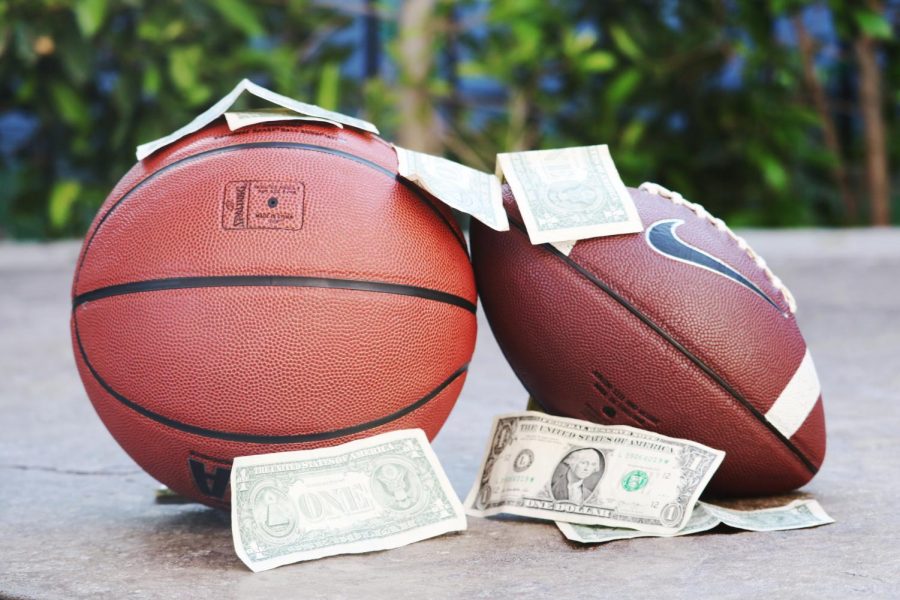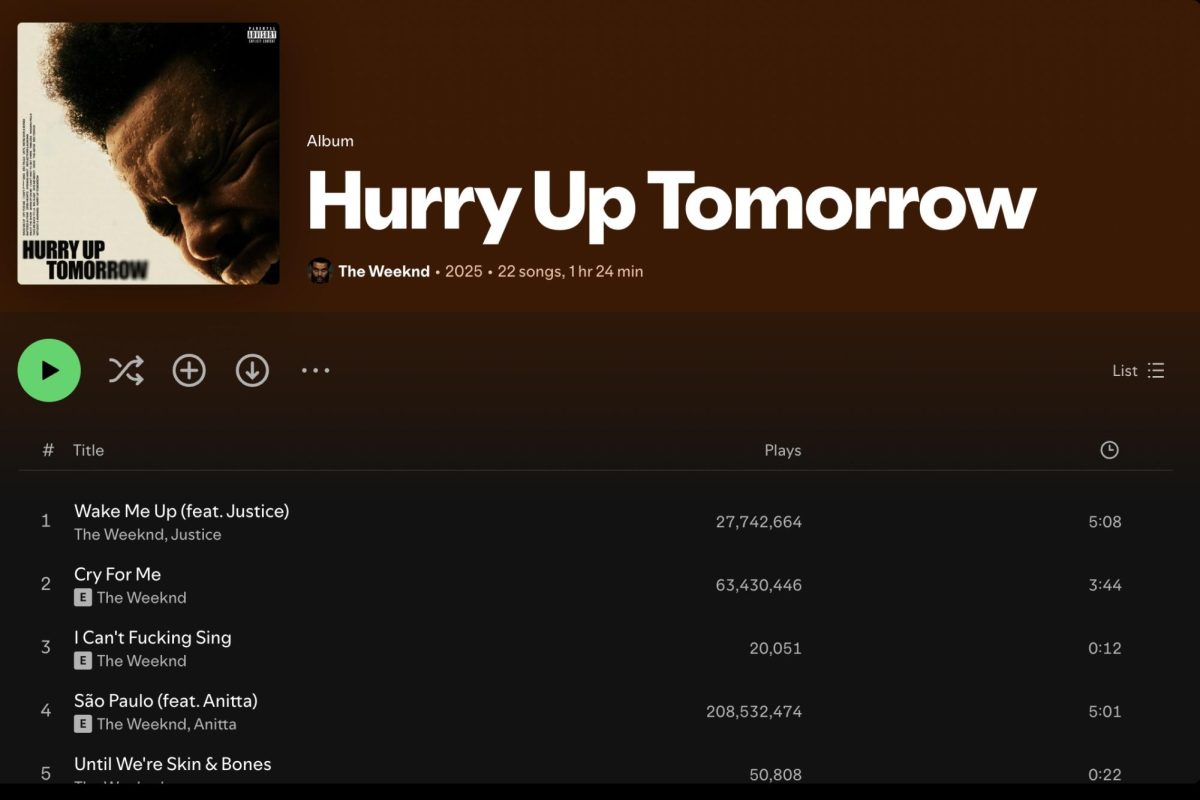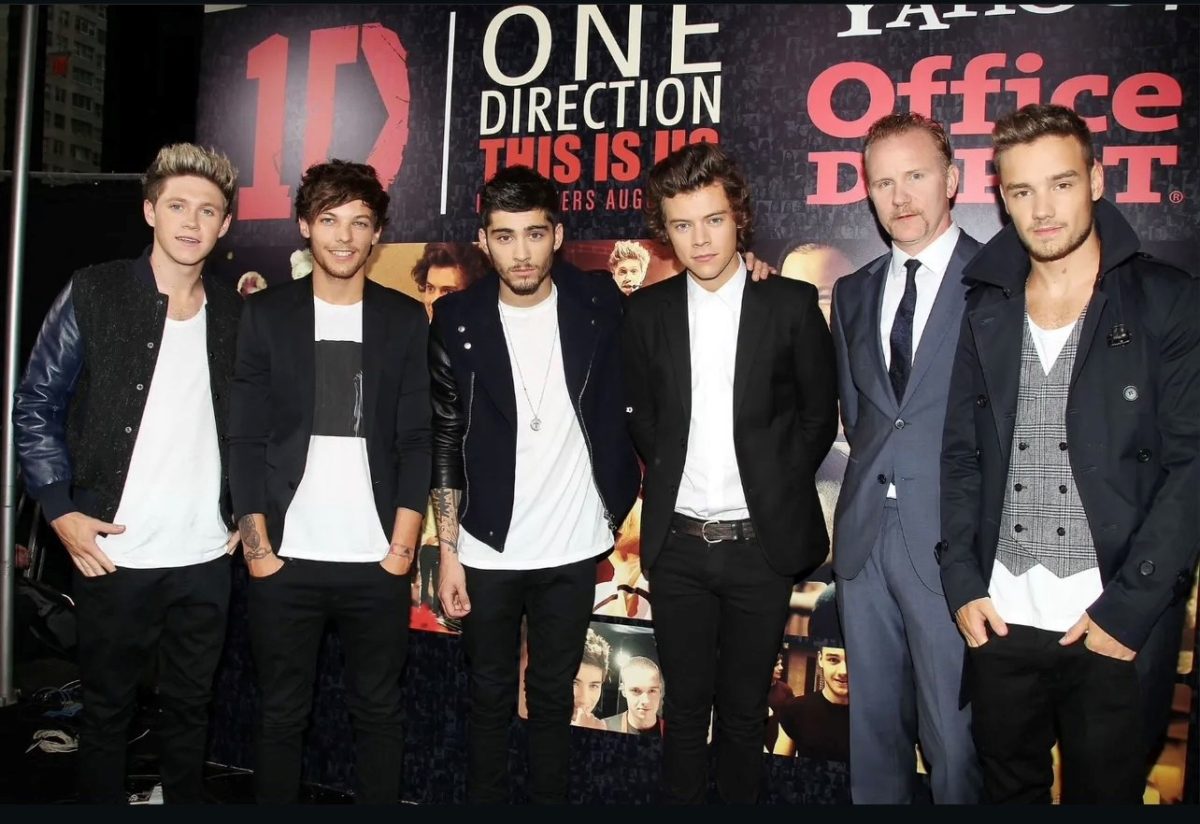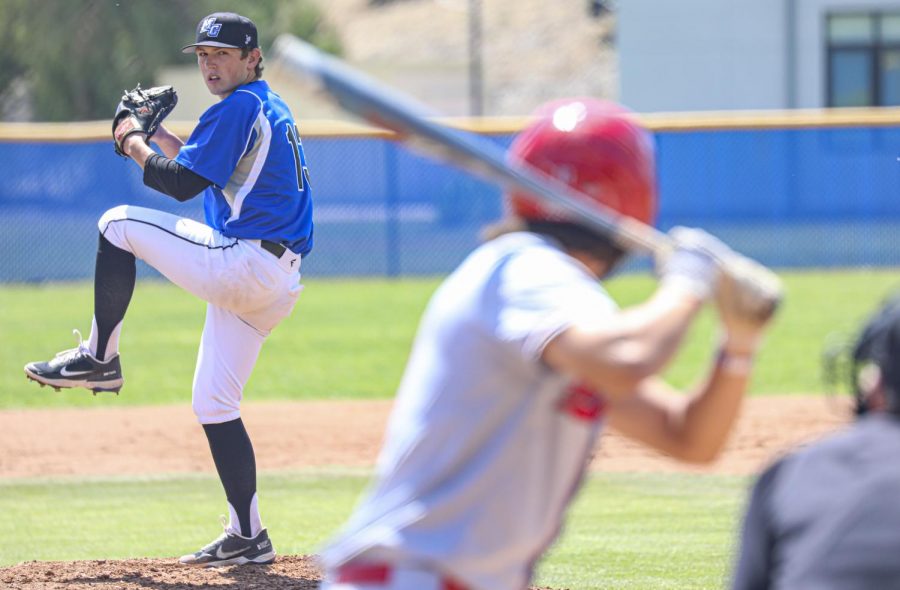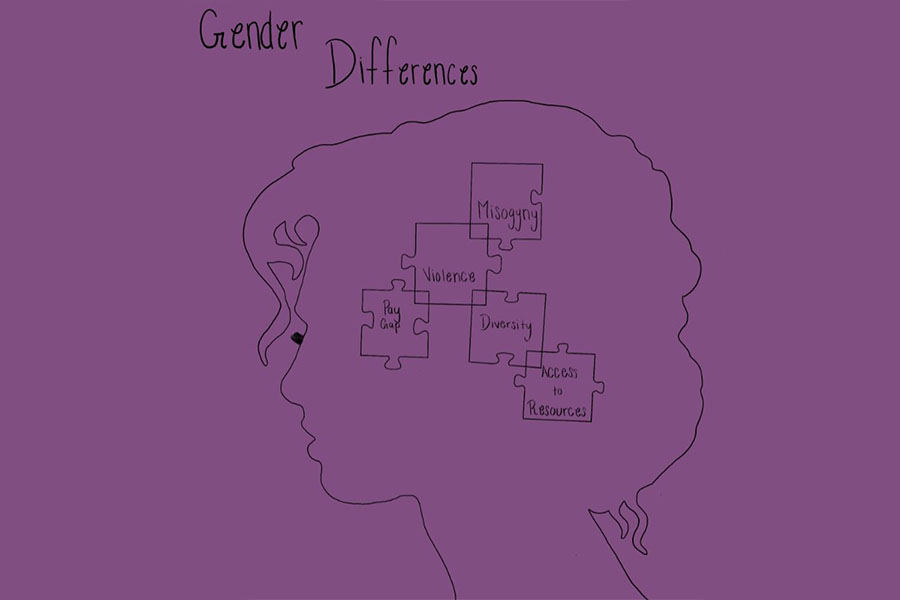Whether it’s the 40 hour practice weeks or the overpaid coaching staffs, there are so many reasons these so called “student athletes” at the NCAA Division 1 level need to be compensated for their impact to their programs.
According to the official NCAA website, the National Collegiate Athletic Association is comprised of three divisions, with Division 1 being the biggest money-maker. Division 1 accounts for 350 colleges and universities, more than 170,000 student athletes, and represents the largest amounts of scholarships, budgets and student body.
A study conducted by USA Today and the U.S. Department of Education for the 2015-2016 fiscal year, uncovered that 231 schools that had financial information available generated a total of $9.15 billion in revenue.
The problem is not with how much these schools are generating in revenue, but where the money is being distributed. According to an NCAA study, there are at least 121 Division 1 schools with a head football coach earning more than $376,000 and all the way up to $11.1 million a year for the 2017 season, and there are at least 76 Division 1 schools with a head men’s basketball coach earning more than $250,000 and all the way up to $8.9 million a year for the 2018 season. Men’s basketball and football are the highest money-generating sports for the NCAA.
Not only are the coaches overpaid, but these athletes are dramatically underpaid. As a NCAA athlete, according to the official NCAA website, student athletes are allowed to work an outside job, but due to the time requirements of the sport, they usually cannot. In the past decade however, the NCAA has allowed Division 1 colleges to give a stipend of $2,000-$5,000 to all of their scholarship student athletes, depending on the school, to pay for all outside expenses since the athletic scholarship strictly pays for the tuition.
It is great that these athletes are finally able to get paid, but according to the federal minimum wage being $7.25 an hour and the fact that most Division 1 athletes practice about 40 hours a week, these athletes should at least be earning about $15,000 a year. It is ridiculous to imagine a business paying a supervisor over $10 million a year and only paying the people under him that are maintaining his job less than $10,000 a year. These coaches are expecting so much out of these players and realize that their career is based on how well they play, but those who aren’t even playing are the ones making the big bucks.
The players are not necessarily student athletes first with the amount of practice time they endure per week. According to the 2011 University of North Carolina lawsuit against the NCAA, the average hours of practice a week in 2010 include women’s sports with 33.3, women’s basketball with 37.6, men’s sports with 32, FBS football with 43.3, FCS football with 41.6, men’s basketball with 39.2 and baseball with 42.1.
According to the 20-Hour-Rule document however, the NCAA permits no more than 20 hours of practice time a week, but fails to include necessities of time requirements with a team such as, any voluntary sporting activities that students need to conduct in order to make it professionally, travel to and from all competitions and all training room activities of rehabilitation and recovery. Along with this, the NCAA only counts athletic activities as three hours no matter the amount of time it truly takes to complete.
Not only are these student athletes not being sufficiently paid for their time, they are not even being recognized for the true amount of time they put forth for their team. These athletes must also maintain a full-time student status with at least 12 units to play the sport and qualify for an athletic scholarship.
Though I am a firm believer in getting an education, I think that these athletes should not be forced into playing collegiate athletics to make it professionally. Currently, all athletes need to be at least one year removed out of their high school sport to make it professionally, depending on the sport since some require all four years, and the most watched association for all sports before professionals is unfortunately the NCAA. This forces these athletes into playing for this corrupt business, just to make it to their dream goal.

